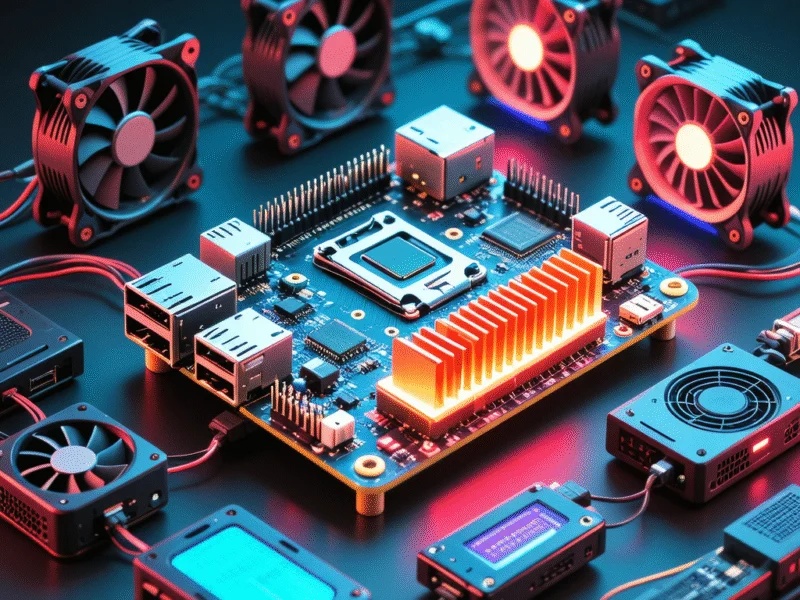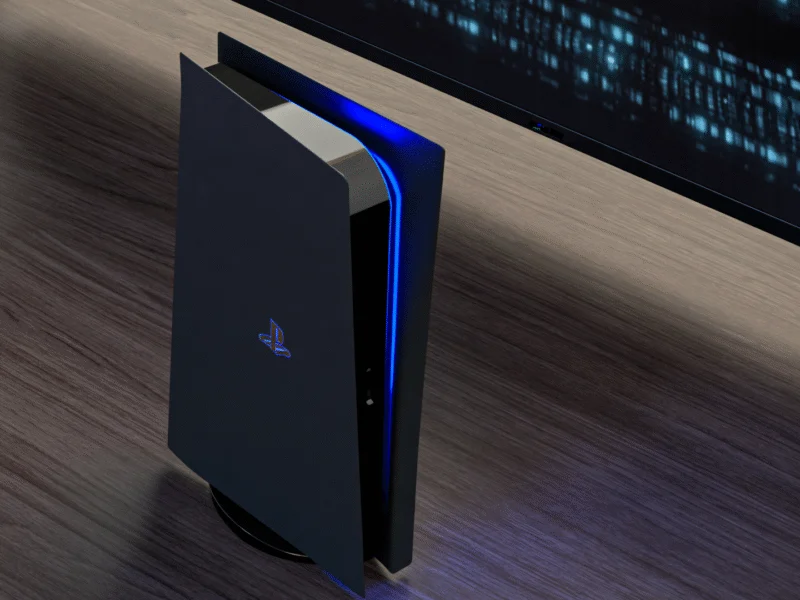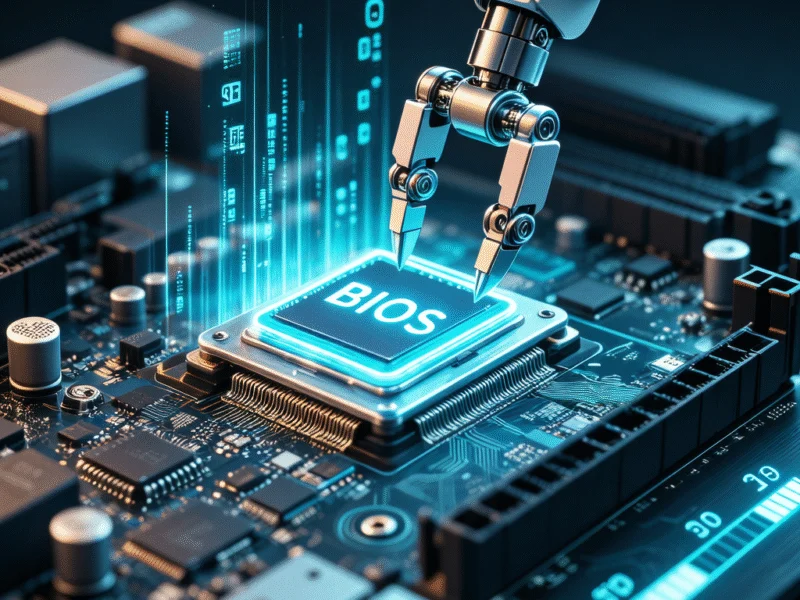TITLE: 5 Raspberry Pi 5 Projects That Truly Test Hardware Capabilities
Unlocking the Raspberry Pi 5’s True Potential
The Raspberry Pi 5 marks a substantial advancement over earlier versions, boasting quicker processors, enhanced graphics capabilities, and PCIe compatibility that opens up innovative applications. While it’s perfectly suitable for running the same lightweight tasks as a Pi 4, that barely scratches the surface of what this hardware can achieve. The Pi 5 truly excels when tackling demanding workloads that would overwhelm previous models. These projects demonstrate the impressive power of the Pi 5 and confirm its evolution beyond a simple hobbyist device.
High-End Retro Gaming and Emulation
Why the Pi 5 finally makes demanding systems playable
Retro gaming emulation has long been popular among Raspberry Pi enthusiasts, but earlier models had clear limitations. The Pi 4 could handle 16-bit consoles and select PlayStation 1 games adequately, but consistently struggled with Nintendo 64, PlayStation 2, and Dreamcast emulation. The Pi 5’s enhanced processing and graphics capabilities make these systems genuinely viable, often achieving full-speed performance with proper configuration. This means you can finally enjoy your favorite classic titles without frustrating stutters or frame rate drops.
The upgraded GPU in the Pi 5 plays a crucial role in this improvement, being significantly better equipped to handle the 3D rendering requirements of more advanced retro systems. Games that previously ran like slideshows on the Pi 4 now display smooth animations and consistent frame rates. Combining the Pi 5 with optimized emulation software like Batocera or RetroPie elevates the experience further, providing access to an extensive library of retro systems that closely mimic their original hardware counterparts.
Another advantage is the Pi 5’s ability to manage multiple emulation tasks simultaneously. You can implement a polished front-end interface complete with box art, video previews, and custom themes without compromising performance. Combined with Bluetooth controller support and HDMI output, the Pi 5 delivers a console-like experience that competes with dedicated retro gaming systems. For enthusiasts who’ve envisioned portable or living room emulation setups, the Pi 5 finally makes this practical.
Running Lightweight AI and Machine Learning Models
How local inference demonstrates the Pi 5’s raw power
Artificial intelligence applications were previously impractical on Raspberry Pi devices, but the Pi 5 changes this dynamic. With its more robust processor and PCIe expansion options, it can process smaller machine learning models locally. While it won’t replace dedicated GPU workstations, it’s fully capable of running models for object detection, speech recognition, or basic natural language processing. This represents a significant advancement for developers wanting to prototype AI concepts on affordable hardware.
Pairing the Pi 5 with hardware accelerators like Google Coral’s Edge TPU can further enhance performance. This combination enables real-time computer vision projects capable of object recognition, making the Pi 5 a viable option for robotics or home automation systems with intelligent detection features. The fact that the Pi 5 can manage these workloads means it’s no longer limited to basic scripting or simple IoT tasks. It creates opportunities for experimenting with practical AI applications.
Running AI locally also showcases the Pi 5’s multitasking capabilities. While inference models are processing, you can simultaneously manage monitoring dashboards, data storage, and even lightweight visualization without system slowdown. This makes the Pi 5 a legitimate edge computing device for AI projects, perfect for learning, experimentation, or deploying small-scale intelligent systems. According to recent technical analysis, this represents an entirely new category of project that previous Raspberry Pi models simply couldn’t support effectively.
True Desktop Replacement Performance
Pushing the Pi 5 as a daily driver computer
Using a Raspberry Pi as a desktop or laptop replacement has traditionally been more theoretical than practical. The Pi 5’s improved specifications, however, make this concept increasingly feasible for many computing needs.



